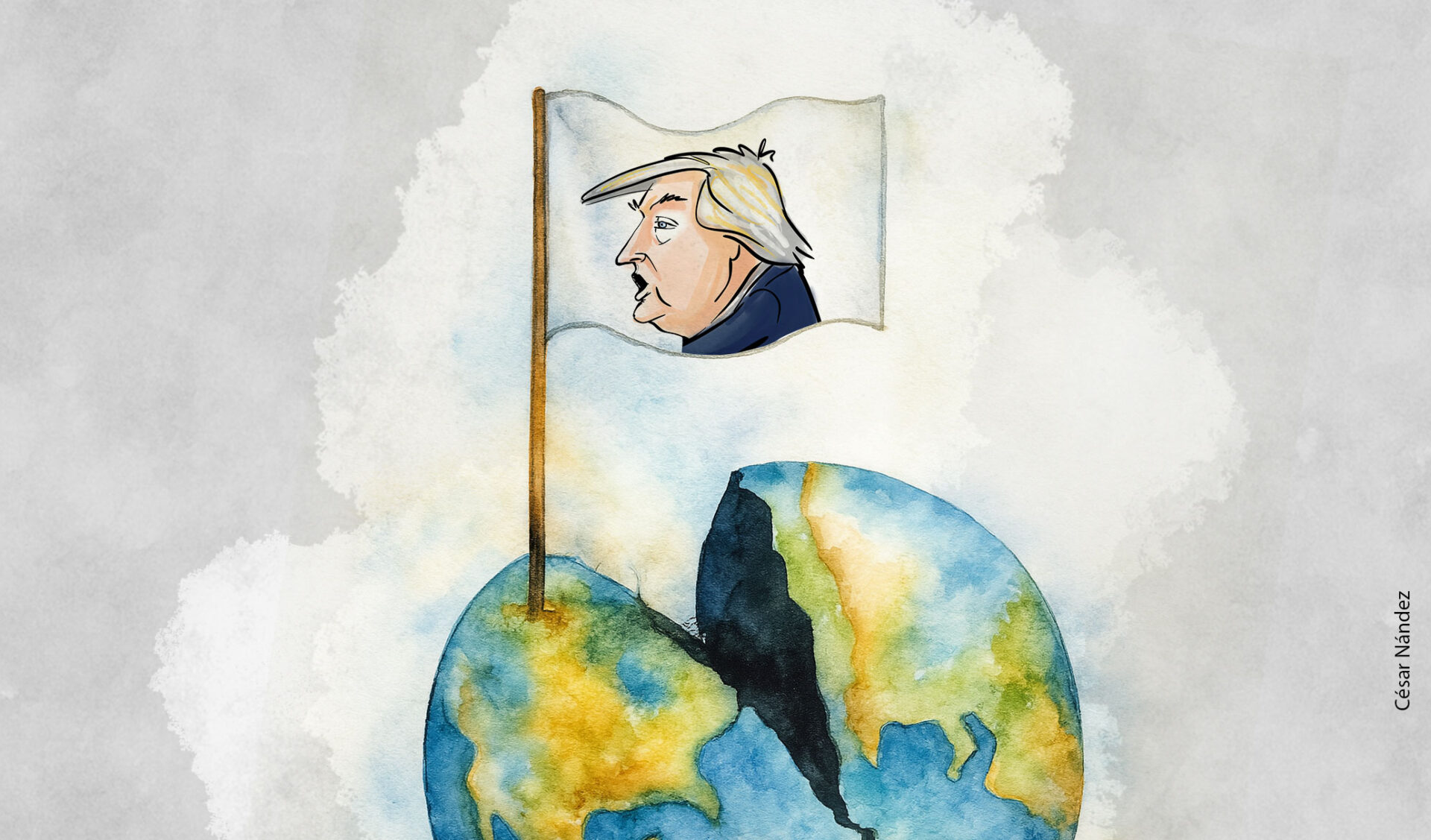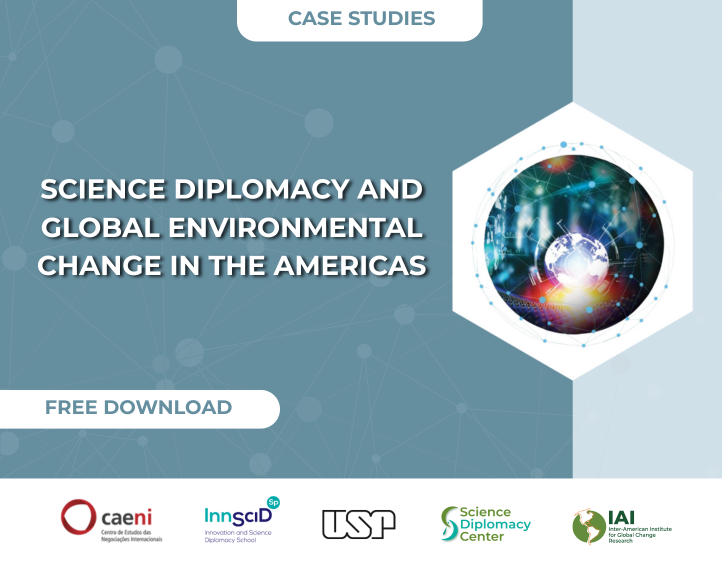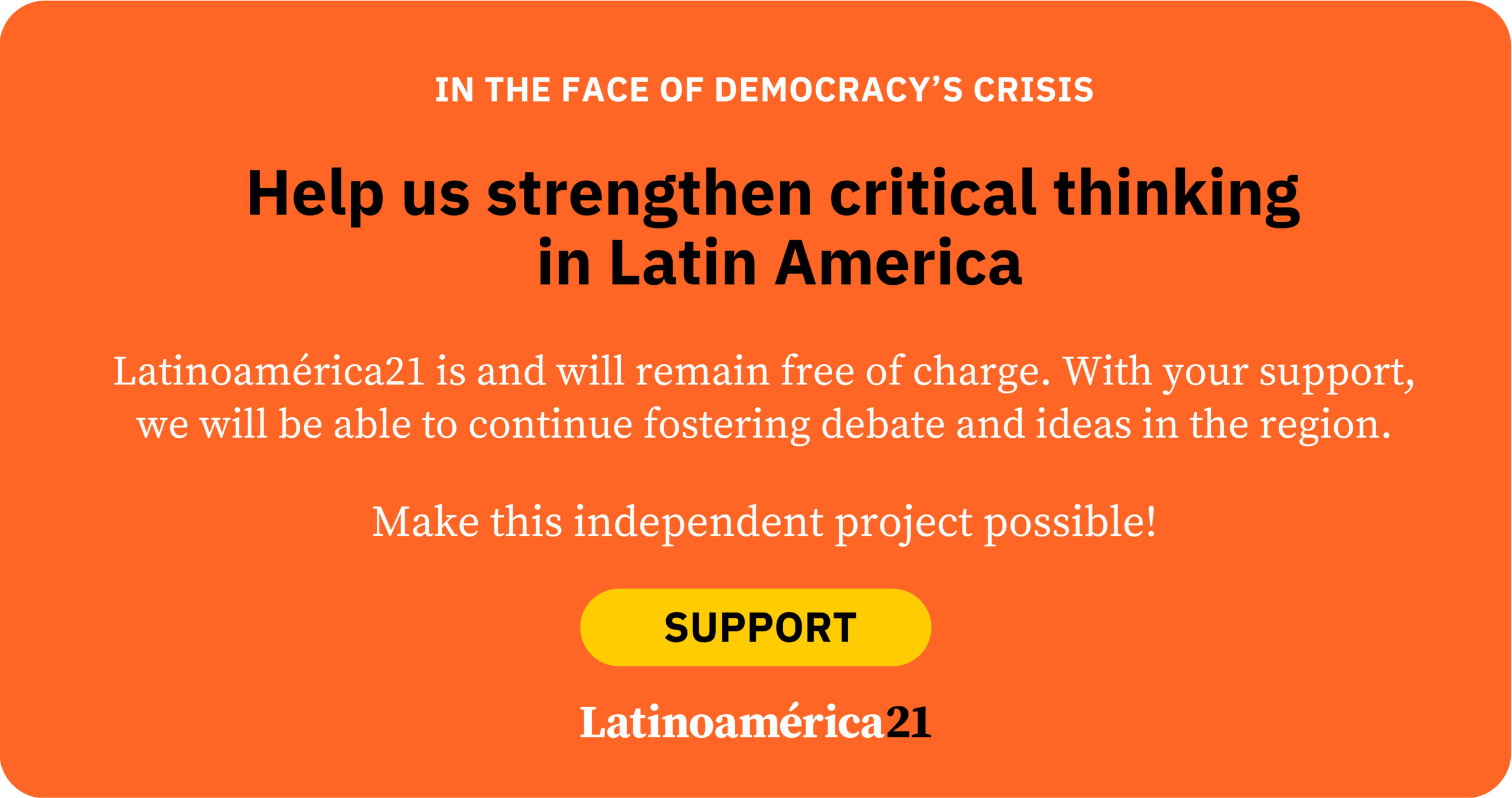Reading Donald Trump’s reappearance on the international stage solely as a disruptive personality would be a mistake. His provocative style not only creates confusion; it also employs, perhaps intuitively, well-known strategies from behavioral economics. The concept of “anchoring” described by Kahneman and Tversky—setting an extreme starting point to negotiate from—can be seen in his tough initial stances, which he later softens during treaty negotiations or diplomatic engagements.
In many ways, Trump is a symptom, a catalyst; an uncomfortable but useful lens through which to view processes of global reconfiguration. Focusing only on the individual helps explain his leadership style and perhaps his political strategy, but it leaves us without deeper answers.
Since the 2008 financial crisis, through the pandemic, and now amid ongoing armed conflicts—Russia-Ukraine, Israel-Hamas, Yemen, Sudan—we are living in a moment of profound instability. Several dynamics are in motion: Trump’s tariff hikes, most recently echoed in Canada’s decision to pause new taxes on tech giants; U.S. bombings of Iranian nuclear sites, risking regional escalation. In short, hot wars coexist with mounting tensions in global trade, competition over strategic raw materials (like rare earths), energy crises, and environmental challenges.
Trump, the geopolitical bulldozer
Geopolitics, in its three discursive levels, is returning to the center of debate. On one hand, it’s a topic among academic experts. There’s also growing output from governments and institutions like NGOs and think tanks, especially since the mid-20th century. Then there’s what Gerard Toal calls “popular geopolitics”: discourse spread through media, films, and everyday conversations. Just glance at Google Trends for the word “geopolitics” and you’ll see how public interest is surging. Seeking patterns and trends in how territory and power are managed today has immense analytical potential.
In this context, psychology falls short of explaining the Trump phenomenon, but neither is it enough to stick to trade or economics. Trump is less the architect of a new foreign policy than he is a sign of the times: he reflects an internal fracture in the United States while simultaneously catalyzing global realignment.
Geography and Power: Thucydides’ legacy in contemporary key
In a world where the Pax Americana can no longer sustain itself on its own terms, we search for explanations for this new reality. Political scientist Graham Allison revived the concept of the “Thucydides Trap,” the structural tension that arises when a rising power threatens to displace a hegemon—drawing a parallel between Athens vs. Sparta and China vs. the U.S. Fareed Zakaria suggests we are entering a “post-American world,” where the U.S. no longer dictates the rules alone, and the relative rise of other powers disperses global influence.
In this emergent order, the U.S.’s partial retreat from the global stage—more symbolic than real—has opened space for a proliferation of strategic actors. Europe faces an unstable neighborhood (Russia, the Middle East, North Africa) while trying to redefine its role in defense, immigration, and energy. Asia, meanwhile, is asserting itself decisively, extending its technological and logistical reach worldwide—even into Latin America, traditionally the U.S.’s “backyard.” Examples include the Chancay Port in Peru, electric vehicles and batteries in Brazil, solar parks, and Huawei’s data center projects.
China is not only vying for economic power—it’s also challenging prevailing narratives. As Kishore Mahbubani points out, while the U.S. has been in Asia for a century, China has been there for a thousand years—and likely will remain. This historical perspective not only relativizes Western influence but also calls into question how we interpret global change: not everything can be understood from Washington’s vantage point.
Vietnam exemplifies how industrialization processes—shaped by globalization and technology—are reshaping class structures and economic models. Societies absorbing rural populations into expanding industrial sectors contrast with many Western ones, where a shrinking, aging, and precarious middle class perceives decline as relative loss. These are structurally and temporally distinct dynamics in asymmetric competition. Overlaying them are public development policies with very different timeframes.
In China, South Korea, Japan, Taiwan, India, and Russia, long-term development strategies are bearing fruit. In the U.S., short-term thinking has created internal sectors moving at different speeds. A kind of “political dumping” occurs between systems capable of sustaining a long-term economic and political strategy—often at the cost of political alternation and opposition suppression—and democracies where term limits frequently hinder medium- or long-term goals. Latin America suffers the worst of both worlds. For 500 years, it has endured an asymmetric integration into the global economy, fostering internal social inequality and severe environmental degradation.
Trump, more than Trump: The product of structural erosion
Returning to Trump, we propose a perspective that goes beyond his personality or morality. Trump is not merely an anomaly. He is, in many ways, a consequence of the internal imbalances of a worn-out political and economic system. The U.S. is experiencing an internal fracture marked by the weakening of its middle class, the concentration of power in financial sectors, and the long-term impoverishment of vast swathes of its population.
Globalization has been the true tsunami of the past three decades. It reshaped value chains, displaced production centers, and fragmented societies, unevenly. While some globalized elites gained access to new markets and resources, others, more national, less mobile (though not necessarily poor)—began to lose ground. Trump, as Bolsonaro, Le Pen, or Milei, expresses this tension.
Thus, the point is not whether Trump is right, but what his political success reveals. Perhaps his most significant contribution (intentional or not) is to point out that the global system is cracking. The U.S.’s declining competitiveness and influence drive Trump to take unilateral actions that strain the global order—preemptive attacks on strategic enemies, trade pressure on historical allies like Canada. But these moves also force intermediate players—Europe, Latin America, Southeast Asia—to rethink their own margins of maneuver.
Latin America amid the shifting board
The key issue is not whether countries or regions should support or reject the U.S. or China, nor which short-term strategy to adopt in the tariff wars or in the communications spectacle. The challenge is how to position ourselves in this reconfigured world. With vast territory, strategic natural resources, and a still-active demographic window, countries like Brazil and Argentina have opportunities that should not be squandered on reactive or emotional responses. Geopolitics can and should help us think strategically—from our own location, interests, and capacities.
Responding to Trump’s unilateralism with purely emotional or mechanical retaliations—like raising tariffs, can be as ineffective as it is naïve. What we need is a complex, multidisciplinary understanding, one that weaves together economics, sociology, history, and foreign policy. A view that recognizes the world is not univocal, and that charismatic leaders, left or right, cannot substitute for structural analysis. The long-term health of our economies and societies depends on building cross-partisan consensus that outlasts electoral cycles.
Less short-term thinking, more realism
Today’s geopolitical uncertainty isn’t going away anytime soon. The global order is in flux, narratives are multiplying, actors are being reshaped. Trump—whether loved or loathed—is neither the beginning nor the end of this process. He is a shattered mirror reflecting multiple crises: of the neoliberal model, of multilateralism, of trust in elites. Understanding this requires more than moral condemnation or ideological allegiance.
If geopolitics is once again central to analysis, it’s because we need complex tools to understand a world that is both interconnected and competitive. As history reminds us, there is no greater mistake than facing a crisis with outdated frameworks. Trump is not the earthquake—he is the fault line. And if we don’t change our lens, we will see only the rubble, not the structures still groaning beneath our feet.
*Machine translation proofread by Janaína da Silva














